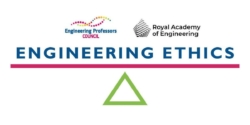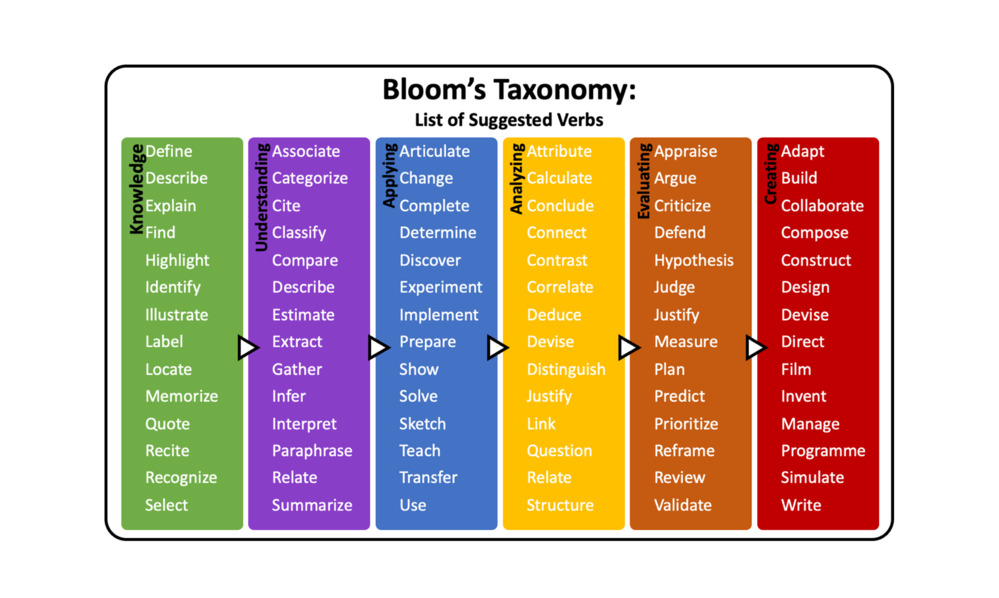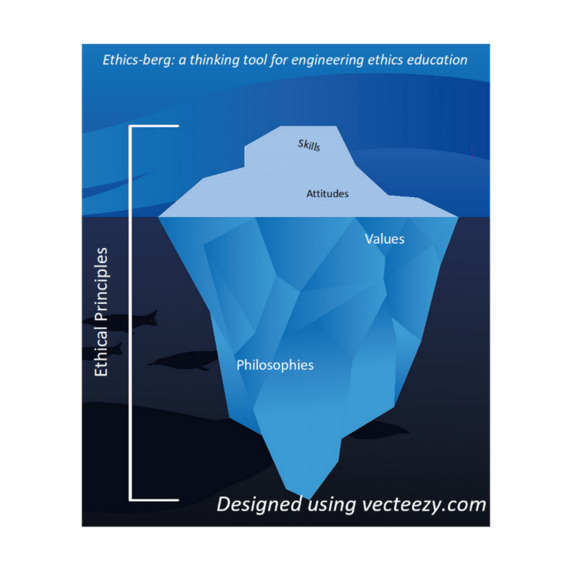 Authors: Sarah Junaid (Aston University); Yann Serreau (CESI); Alison Gwynne-Evans (University of Cape Town); Patric Granholm (Åland University of Applied Sciences); Kathryn Fee (Queen’s University Belfast); Sarah Jayne Hitt, Ph.D. SFHEA (NMITE, Edinburgh Napier University).
Authors: Sarah Junaid (Aston University); Yann Serreau (CESI); Alison Gwynne-Evans (University of Cape Town); Patric Granholm (Åland University of Applied Sciences); Kathryn Fee (Queen’s University Belfast); Sarah Jayne Hitt, Ph.D. SFHEA (NMITE, Edinburgh Napier University).
Keywords: Pedagogy.
Who is this article for?: This article should be read by educators at all levels in higher education who wish to integrate ethics into the engineering and design curriculum or module design
Using a constructive alignment tool to plan ethics teaching:
Incorporating ethics into an already-packed engineering curriculum can be an overwhelming prospect. But as more accreditation bodies are requiring engineering programmes to evidence the inclusion of ethics, this activity is becoming essential. Recently, a planning tool has been developed by a team of academics that you can use to constructively align your learning outcomes with activities and assessments that positively reinforce the inclusion of ethics.
For instance, in a year 2 Mechanical Engineering course, an existing outcome might read: “Use CAD modelling and additive manufacturing in the product development process and embed control sensors, actuators and physical hardware into a complete system.” As it is written, it contains no reference to ethics. But after comparing this outcome against language found in AHEP4, the CDIO Syllabus, and the Learning Landscape found in this Toolkit’s Ethics Explorer, you might revise it to read: “Use CAD, modelling and additive manufacturing in the product development process and embed control sensors, actuators and physical sensors to design a safe and complete system to address a societal need.” The minor changes to the language (shown in italics) ensure that this outcome reinforces the ethical dimension of engineering and encourages the ethical development of engineers. These changes also then inform the language used in activity briefs and the criteria by which students are assessed.
This tool has been used in workshops at Aston University and the 2023 SEFI conference, and is endorsed by CDIO.
Download this planning tool:
Engineering Ethics Teaching – Planning Tool Worksheet
Stage1: Resources – Tabulate all relevant resources and their Learning Outcomes or Programme Outcomes:
What are your Learning Outcomes for the topic you will teach? Please list them here.
- Do any of the accreditation requirements highlight any ethical requirements or competencies that includes key topics such as sustainability or equality, diversity and inclusion (EDI)?
- Are there any other national requirements or frameworks that highlight engineering ethics?
- Are there any teaching frameworks or activities that you would like to implement? List them here.
Highlight the verbs in blue and the ethical topics in red; this will help highlight any potential gaps.
| Program level (My module, course, class, or lecture) |
Accreditation level
|
National or Professional level ethics map or framework (optional) | International level | |
| Reference/ Source | [Your University and course title] | [Your national accreditation board] | [e.g. codes of conduct, code of ethics, ethical principles, suggested teaching approaches] | [e.g. CDIO Syllabus, ABET, Washington Accord] |
| Learning Outcome 1 | [Write current Learning Outcome here] | [Copy and paste the relevant competency here] | [Copy and paste the relevant guidance here] | [Copy and paste the relevant competency/skill here] |
| Learning Outcome 2 | Enter text here | Enter text here | Enter text here | Enter text here |
| Learning Outcome 3 | Enter text here | Enter text here | Enter text here | Enter text here |
Stage 2: Re-write Learning Outcomes (LOs):
- Can one or more of the topic LOs be re-written to focus on a competency?
- Can different verbs be used e.g. using Bloom’s Taxonomy below or another learning taxonomy to identify appropriate learning levels for this competency?
- Can you explain your rationale for the changes you have made?

| Learning Outcomes | Re-worded Learning Outcomes | Rationale |
| LO1.
[Copy and paste LO from Stage I table here] |
LO1.
[Re-write LO and highlight verbs in bold here] |
[Justify your changes or if unchanged, justify why here] |
| LO2. | LO2. Enter text here | Enter text here |
| LO3. | LO3. Enter text here | Enter text here |
Stage 3: Ethics Teaching Tools – Evidence-based tools and resources to help with teaching engineering ethics:
- What ethics teaching model will you adopt?
- Can you fill the ethics-berg with both demonstratable and non-demonstratable principles?
- What demonstrable factors (above the ethics-berg) are needed for the relevant LO?
- What non-demonstrable factors (below the water) are important that underlie the above?

Three Examples of Ethics Teaching Models:
1. The Rest Model for Ethical Decision Making – Individual (Jones, 1991).

2. The Ethical Cycle – Problem-solving (Van de Poel & Royakkers, 2007).

3. The Innovent-E Model – Competencies – Language: French
(For access to competences in ethics contact Yann Serreau: yserreau@cesi.fr)
Note: you can use other models.
Stage 4: Constructive Alignment – Tabulate the LOs, activity and assessment, and ensure alignment:
- If not aligned, where is the discrepancy?
- Is the Competence chosen not suitable for the module content?
- Could a different Competence be more appropriate?
- Could the Learning Outcome be edited to align with the required Competence?
- Could the activity be unsuitable?

| My module – Learning Outcomes | Learning & teaching activity | Assessment |
| LO1. [Copy and paste new LO from Stage II table here] | [What activity will support and prepare the student for the assessment?] | [What assessment would be needed to demonstrate this new LO?] |
| LO2. Enter text here | Enter text here | Enter text here |
| LO3. Enter text here | Enter text here | Enter text here |
Download this planning tool:
This work is licensed under a Creative Commons Attribution-ShareAlike 4.0 International License.
Any views, thoughts, and opinions expressed herein are solely that of the author(s) and do not necessarily reflect the views, opinions, policies, or position of the Engineering Professors’ Council or the Toolkit sponsors and supporters.




